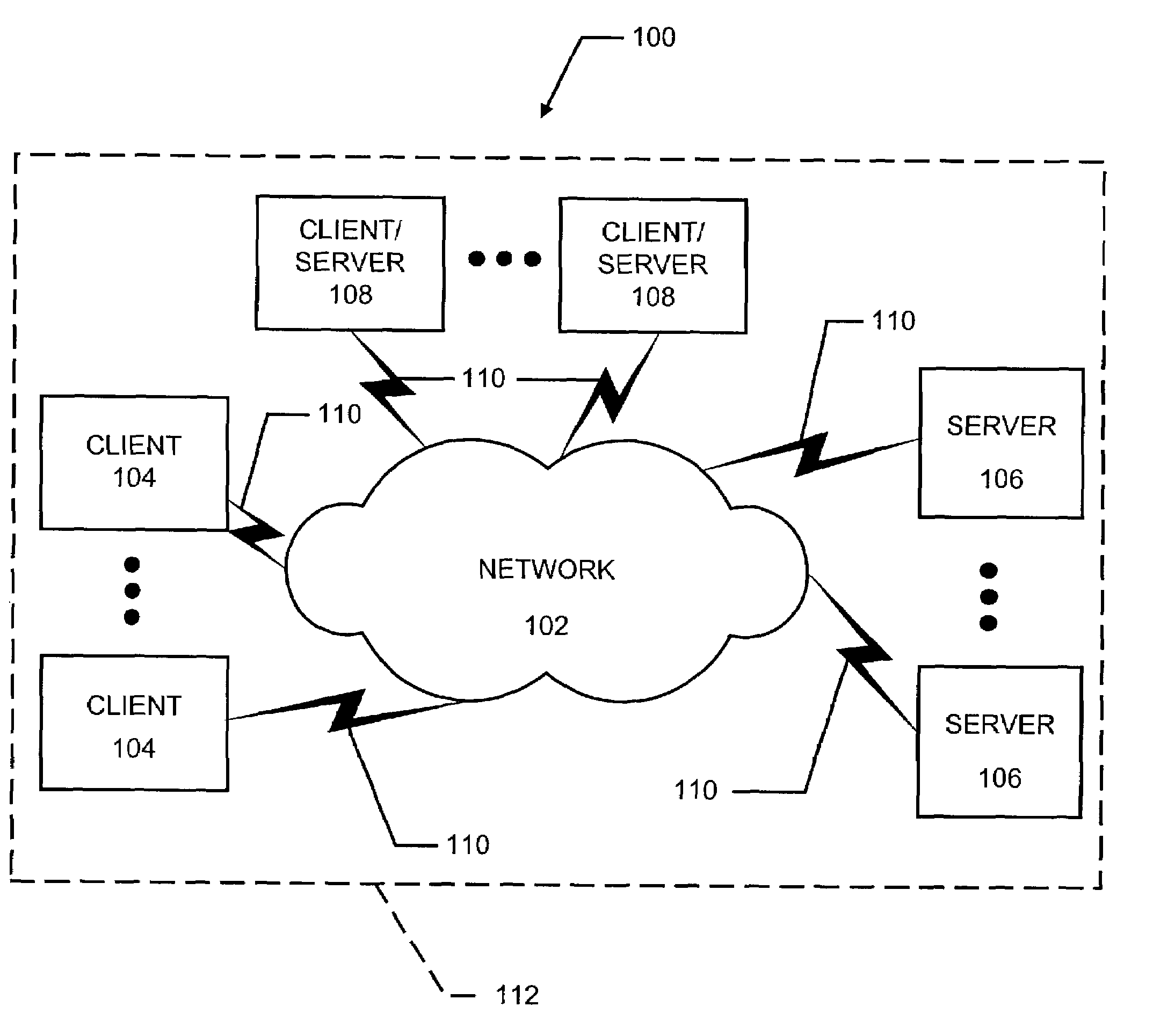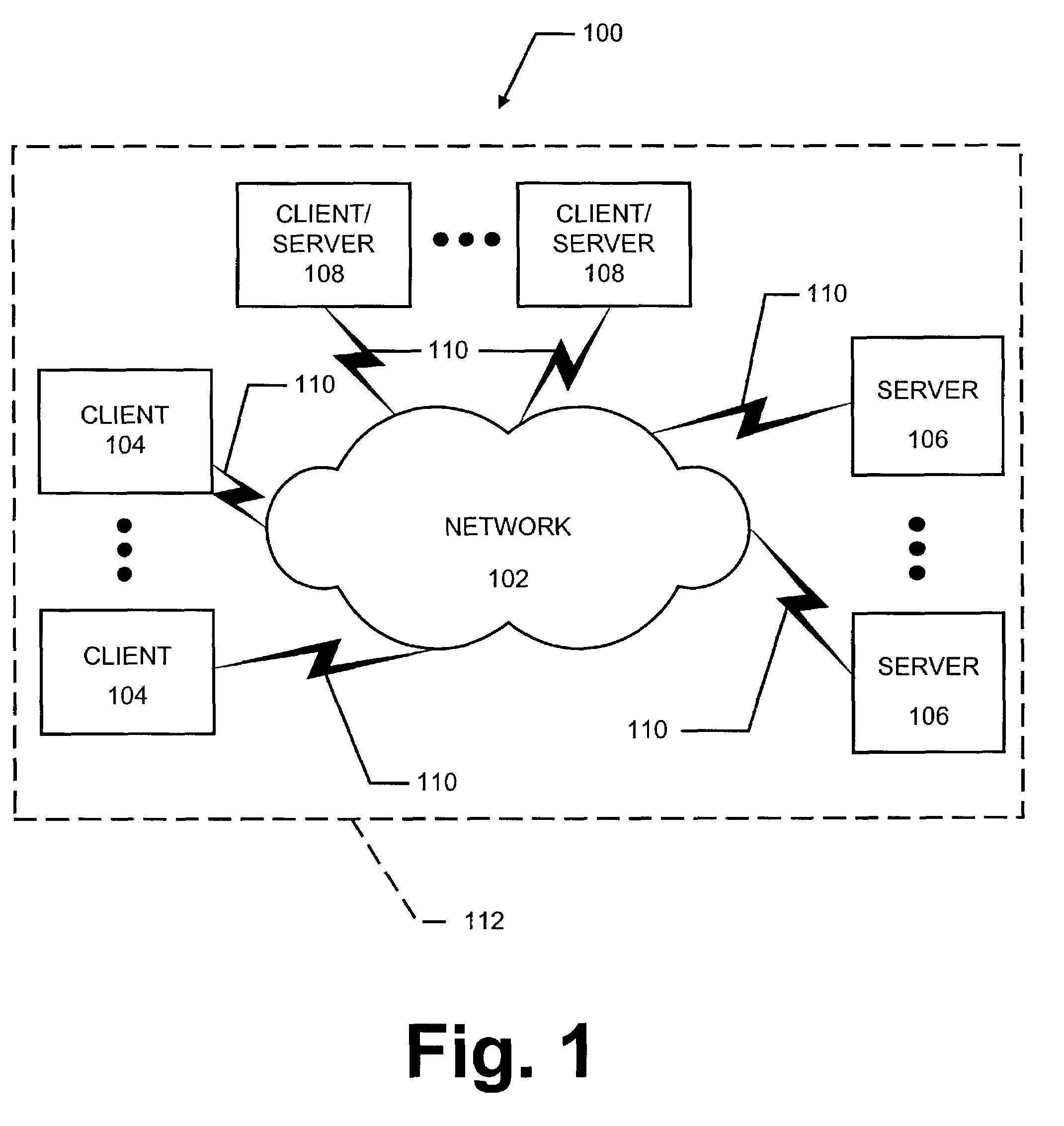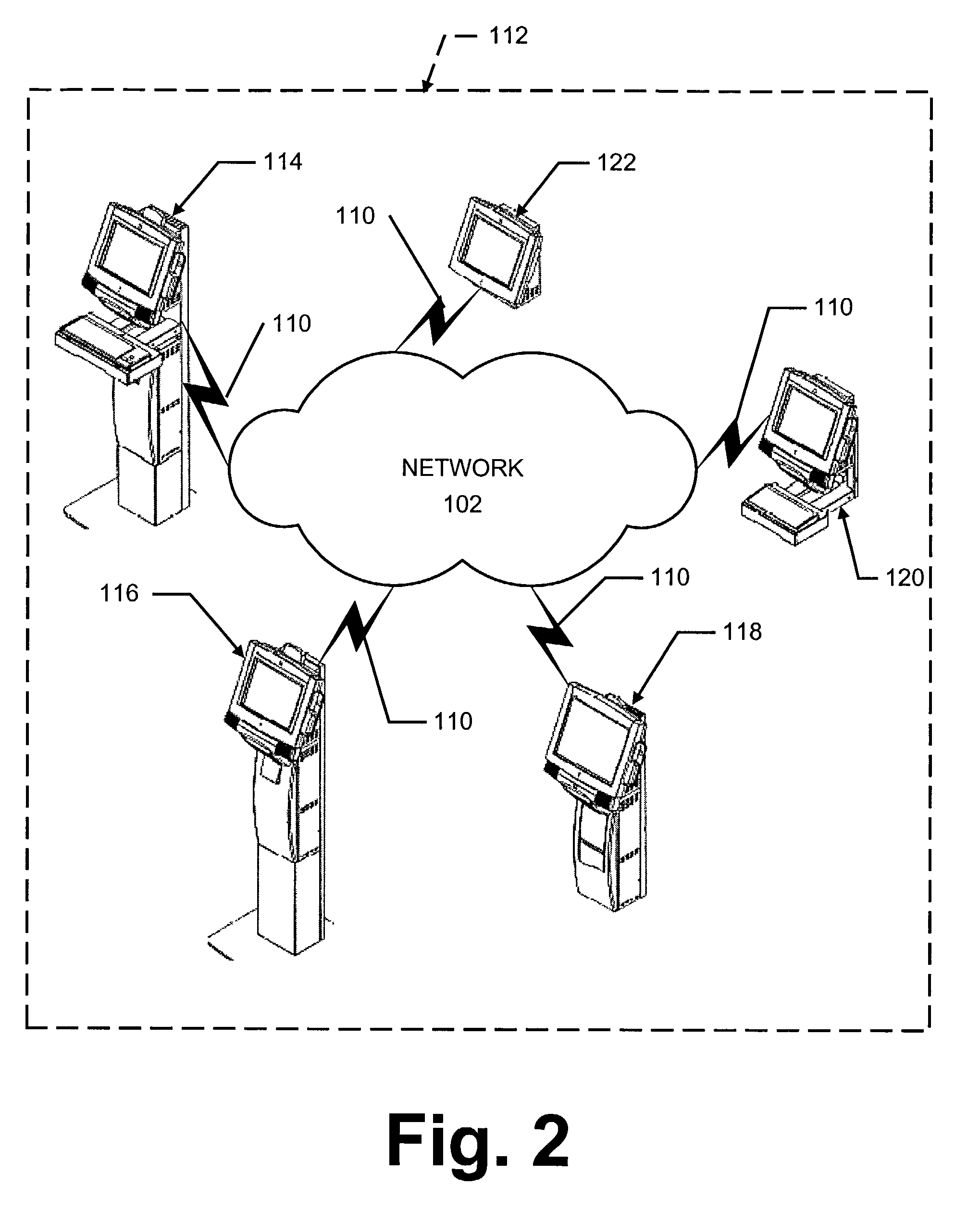Computer-implemented system and method for wayfinding
a computer-implemented system and wayfinding technology, applied in the field of wayfinding, can solve problems such as confusion, inaccurate, outdated, or unfamiliar information of signs, and avoid the effect of wasting time and money
- Summary
- Abstract
- Description
- Claims
- Application Information
AI Technical Summary
Problems solved by technology
Method used
Image
Examples
Embodiment Construction
[0022]Reference will now be made in detail to the present embodiments of the present invention, examples of which are illustrated in the accompanying drawings. Wherever possible, the same reference numbers will be used throughout the drawings to refer to the same or like parts.
[0023]The present invention satisfies the needs of the related art by providing a computer-implemented system and method for wayfinding to single or multiple destinations in an environment. As used herein, the term “environment” applies to any building, group of buildings, hospital, campus, airport, amusement park, stadium, etc. where physical wayfinding systems may be used. The wayfinding system and method of the present invention is not limited to any particular environment, however, and may be used in any environment in need of a wayfinding system.
[0024]Generally, the wayfinding system of the present invention comprises an interconnected network of clients, servers, and / or client / servers capable of transmit...
PUM
 Login to View More
Login to View More Abstract
Description
Claims
Application Information
 Login to View More
Login to View More - R&D
- Intellectual Property
- Life Sciences
- Materials
- Tech Scout
- Unparalleled Data Quality
- Higher Quality Content
- 60% Fewer Hallucinations
Browse by: Latest US Patents, China's latest patents, Technical Efficacy Thesaurus, Application Domain, Technology Topic, Popular Technical Reports.
© 2025 PatSnap. All rights reserved.Legal|Privacy policy|Modern Slavery Act Transparency Statement|Sitemap|About US| Contact US: help@patsnap.com



